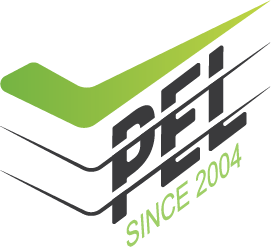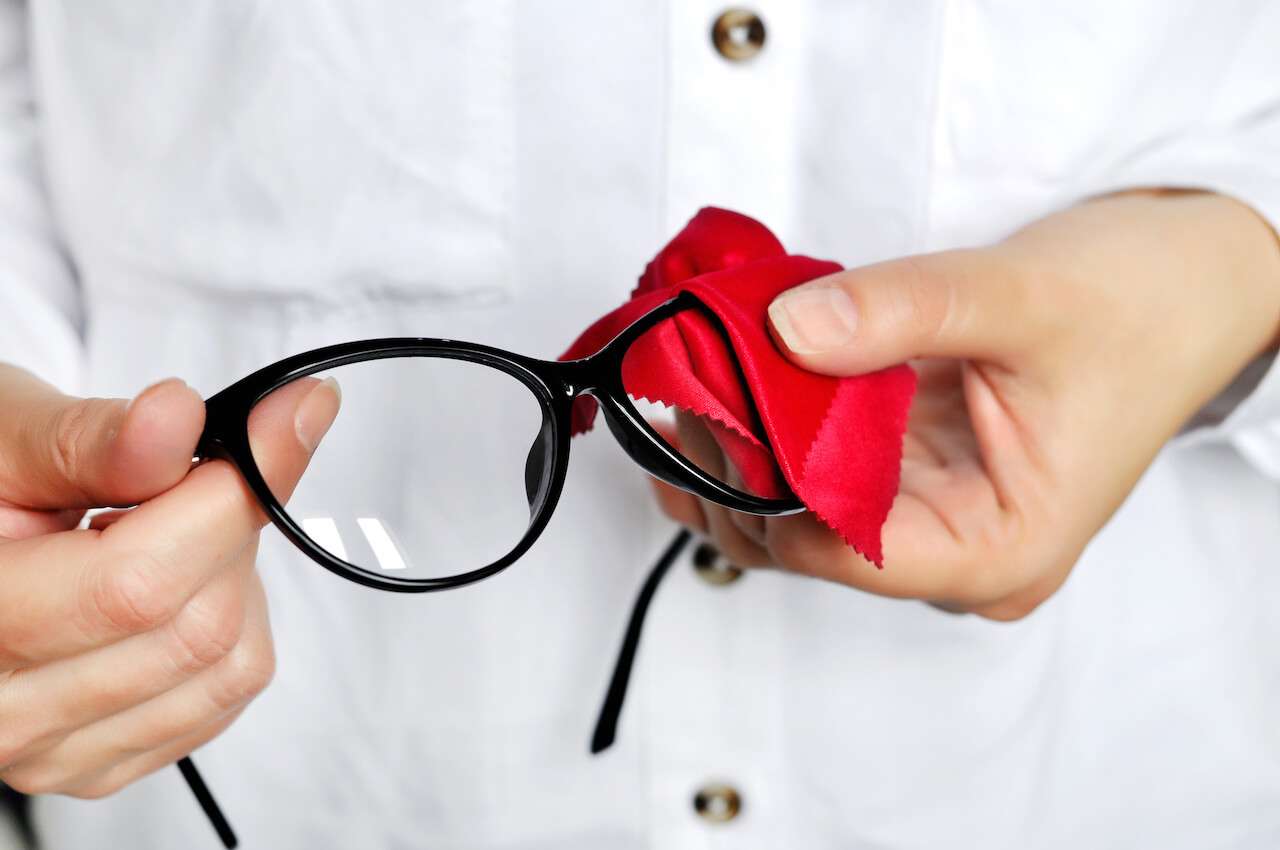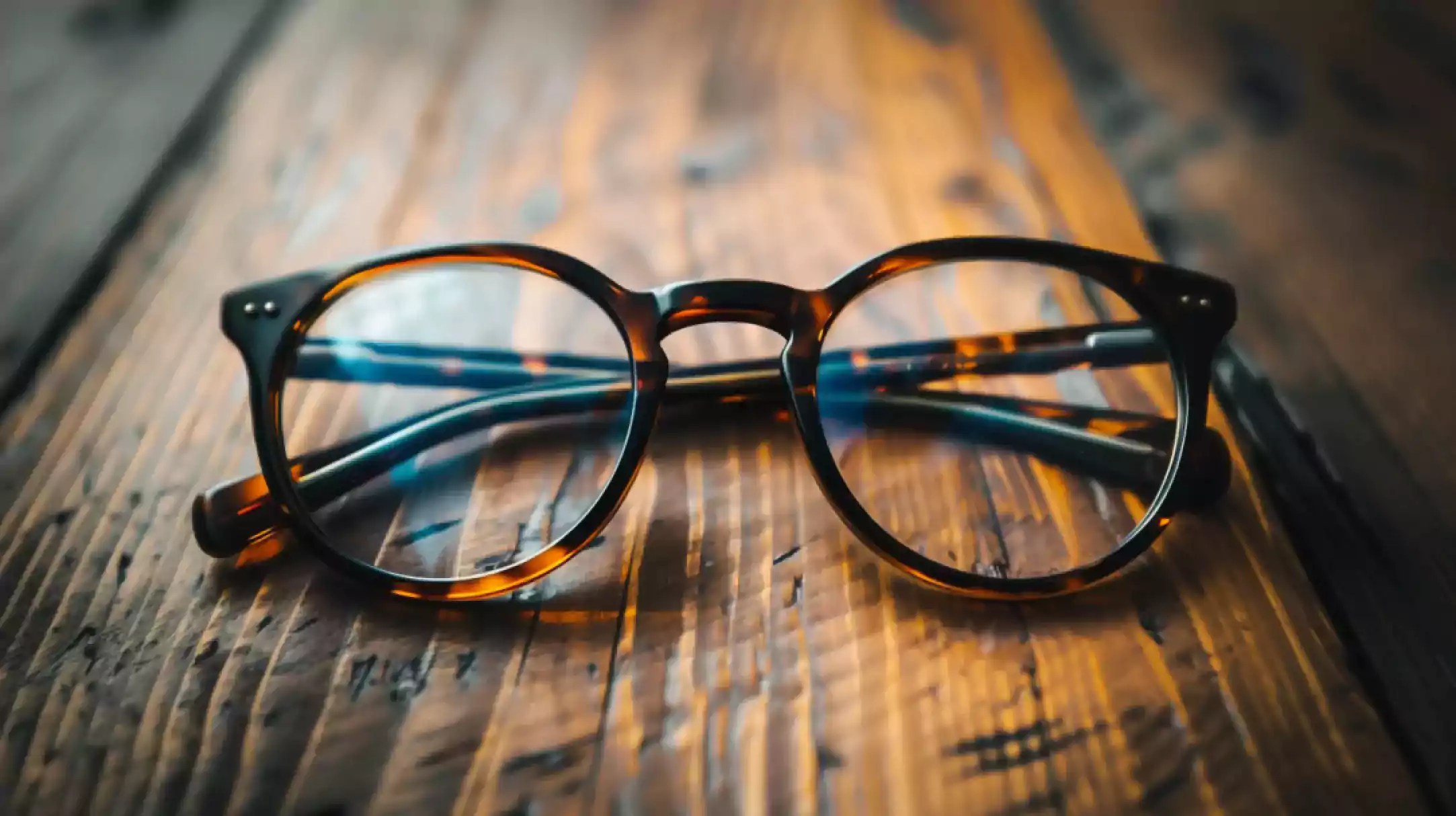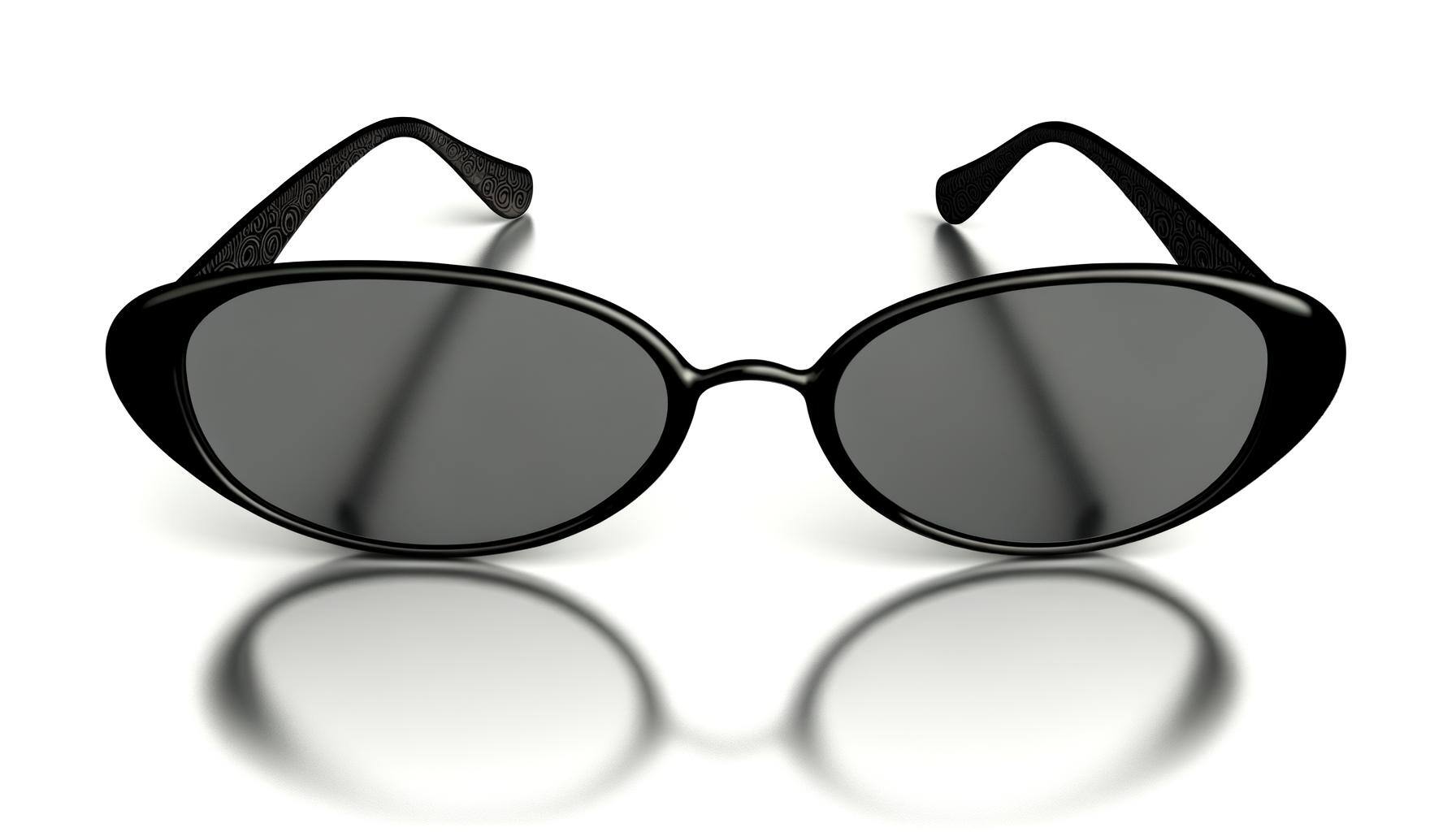How long does the COVID-19 virus remain active outside a host (human body)? A lot of eyewear companies are concerned about their shipments and whether they will be safe from the COVID-19 virus once their shipment arrives. Some initial and conclusive results are in, and here’s what your eyewear supplier or manufacturer needs to do to prevent eyewear shipments from possible contamination.
To understand the complexities of the COVID-19 virus let’s look at the most recent conclusive results of the virus and how it survives. Then we’ll look at the preventative measures you and your eyewear manufacturer or supplier must take to prevent any possible contamination.
How Long Does the COVID-19 Virus remain active?
Published Abstract Reference “Survival characteristics of airborne human coronavirus 229E”
"The survival of airborne human coronavirus 229E (HCV/229E) was studied under different conditions of temperature (20 +/- 1 degree C and 6 +/- 1 degree C) and low (30 +/- 5%), medium (50 +/- 5%) or high (80 +/- 5%) relative humidities (RH). At 20 +/- 1 degree C, aerosolized HCV/229E was found to survive best at 50% RH with a half-life of 67.33 +/- 8.24 h while at 30% RH the virus half-life was 26.76 +/- 6.21 h. At 50% RH nearly 20% infectious virus was Still Detectable at 6 Days. High RH at 20 +/- 1 degree C, on the other hand, was found to be the least favourable to the survival of the aerosolized virus and under these conditions the virus half-life was only about 3 hours; no virus could be detected after 24 hours in aerosol. At 6 +/- 1 degree C, in either 50% or 30% RH conditions, the survival of HCV/229E was significantly enhanced, with the decay pattern essentially similar to that seen at 20 +/- 1 degree C. At low temperature and high RH (80%), however, the survival pattern was completely reversed, with the HCV/229E half-life increasing to 86.01 +/- 5.28 hours, nearly 30 times that found at 20 +/- 1 degree C and high RH.
Although optimal survival at 6 degree C still occurred at 50% RH, the pronounced stabilizing effect of low temperature on the survival of HCV/229E at high RH indicates that the role of the environment on the survival of viruses in air may be more complex and significant than previously thought."
COVID-19 (Coronavirus) Impact on the Eyewear Industry
What can your Eyewear Manufacturer/Supplier do to Prevent Eyewear shipments from spreading the COVID-19 Virus?
In this video PEL General Manager Zenobia Chan explains preventative measures your eyewear manufacturer can take with your eyewear shipments.
1. Frames and lenses should be wiped with one of the following solutions
- Sodium Hypochlorite - 0.1%
- Hydrogen peroxide - 62%
- Ethanol Alcohol - 71%
It’s best to speak with your manufacturer/factory/supplier and ask them which of these solutions they are using at the moment, and how thoroughly it's been tested on the different eyewear materials.
A Word of Caution!!!
Not one of these solvents alone is suitable for all types of eyewear materials. It’s important for the QC department at the manufacturing factory to test different solvents on different materials. Acetate might react differently to Ethanol Alcohol than plastic injection molded frames. Ask for a report and if possible video footage of the cleaning process and the outcomes.
2. Spray the inner side of the eyewear packaging boxes and carton boxes with:
- Sodium Hypochlorite - 0.1%
- Hydrogen peroxide - 62% or
- Ethanol Alcohol - 71%
3. After spraying the frames and boxes they must be stored in a temperature-controlled area
Optimal conditions are between 20° to 30°C celsius (68-86°F) and a humidity of around 80%. Store for at least 3 days.
PEL is one of China’s foremost testing and inspection service providers. At the time of writing this article, we are fully operational within China. If you are unsure about your eyewear shipments please contact PEL for advice on possible inspections at your eyewear factories in China.





.jpg)



